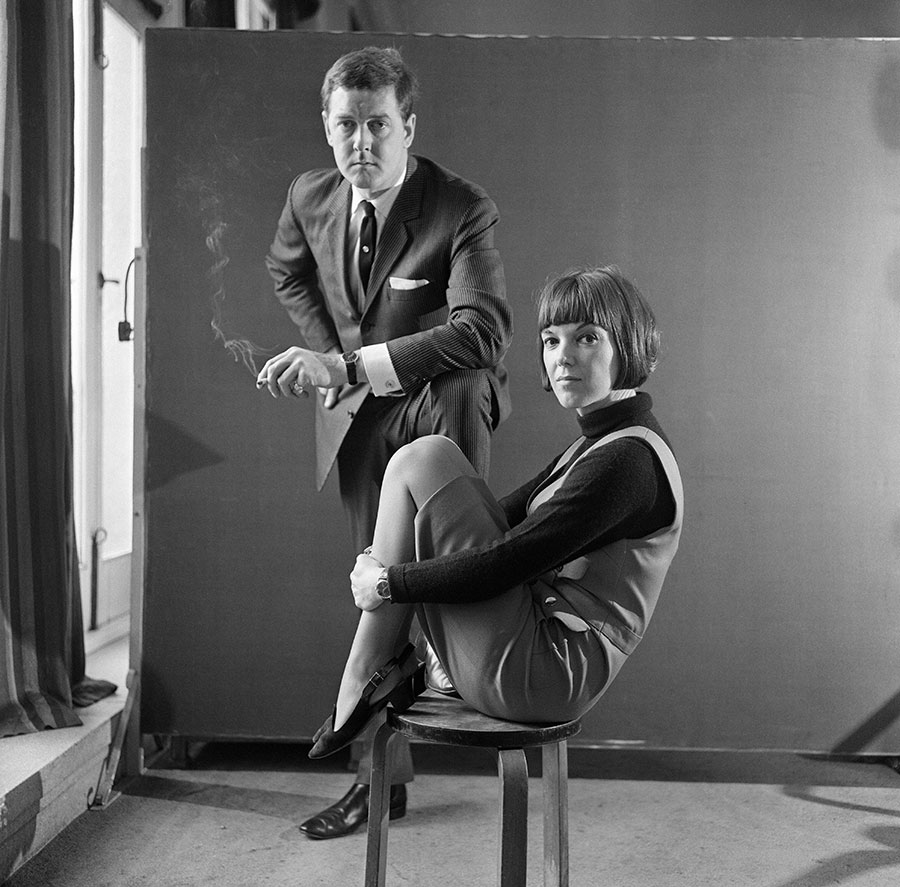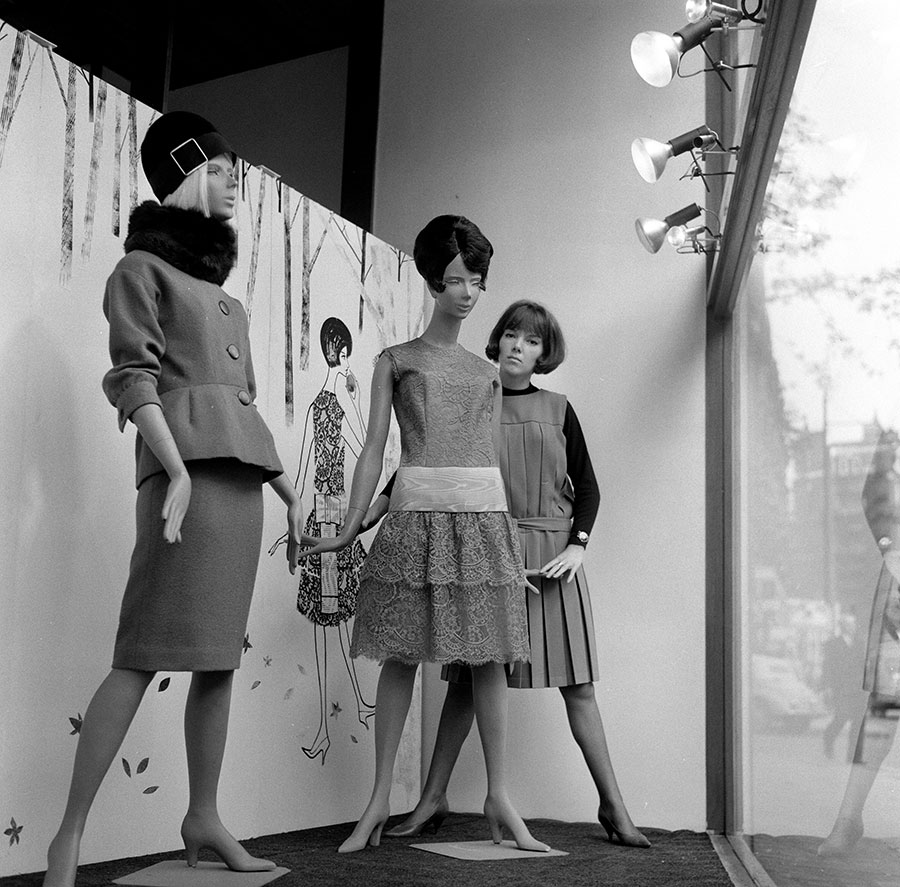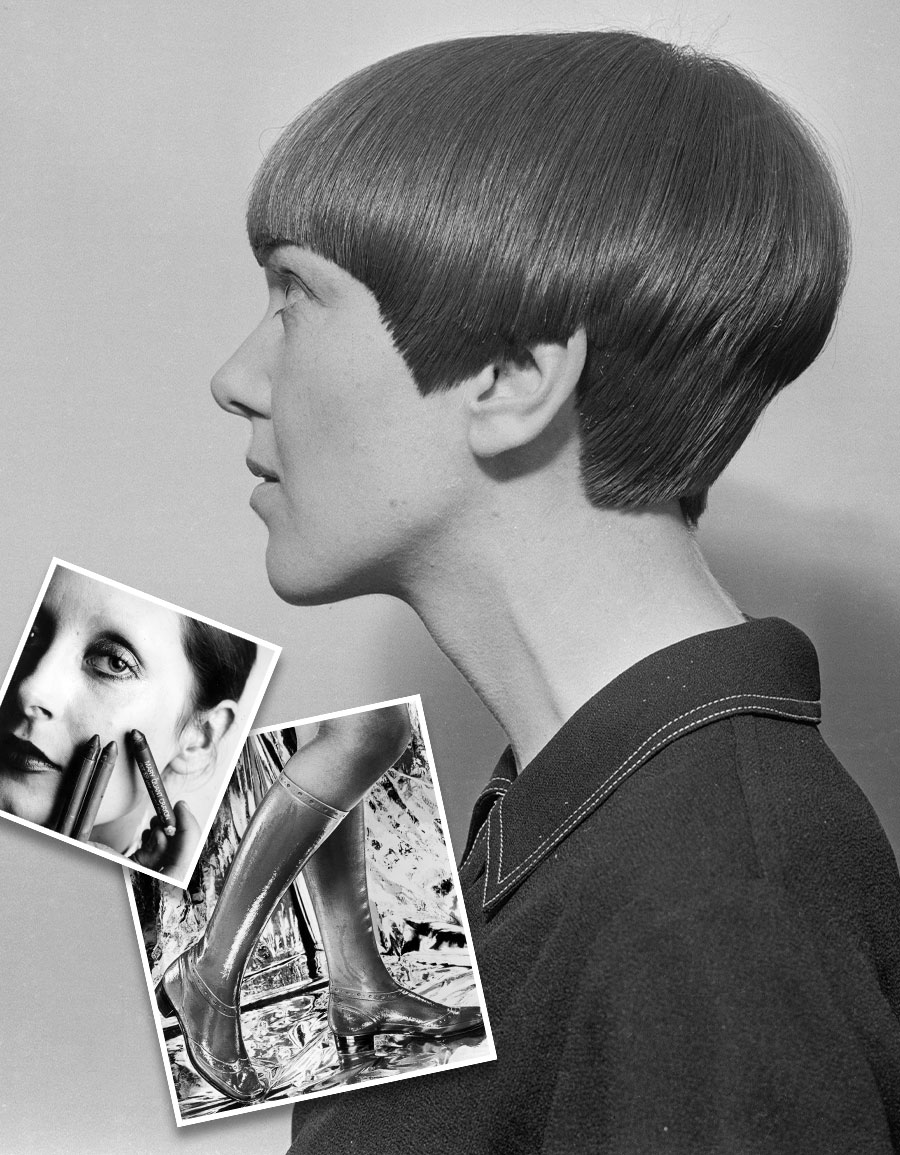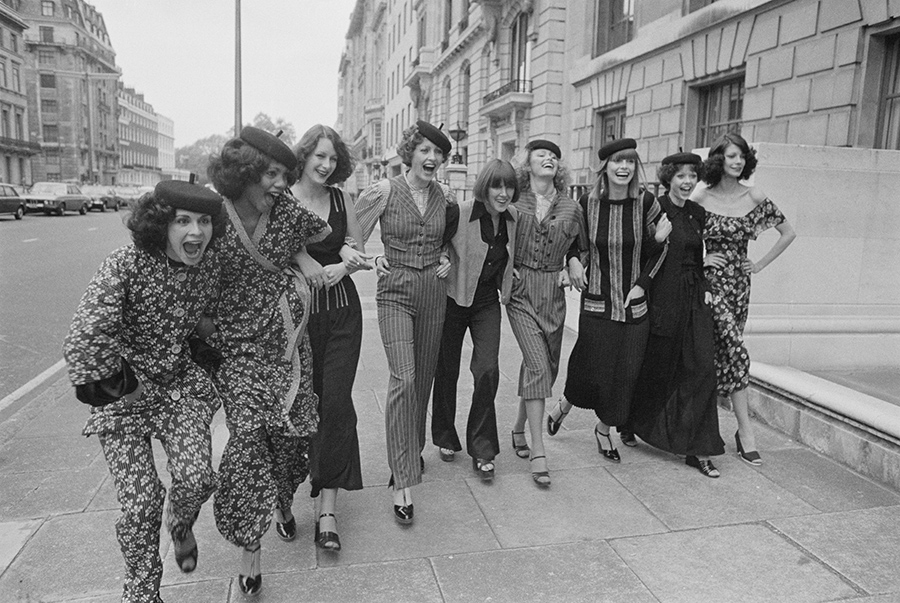Mary Quant, Swinging ’60s Fashion Designer Who Popularized the Miniskirt, Dies at 93

Fashion trailblazer Mary Quant, outside of her London fashion shop Bazaar, October 1960. Photo: Cyril Maitland/Mirrorpix/Getty Images
Those crazy kids changed the world! There may be no more heartwarming fashion story about pluck and inspiration than that of Mary Quant. The British youthquake mod designer who brought the world the miniskirt, and distilled the pop-art enthusiasm of 1950s London, died today, aged 93, at her home in Surrey, England.
Quant was fresh out of art school in 1955 when she joined forces with her aristocratic classmate, Alexander Plunkett-Greene, who became her husband. The two opened a shop on the King’s Road in Chelsea, London, called Bazaar. In it, they sold a kaleidoscope of colourful wares — tights and jewelry and hats, but most especially the miniskirts Quant became synonymous with.

Now, Quant didn’t expressly invent the miniskirt. Rather, she was channelling the exploding post-war zeitgeist. She sold at the shop all the gear she and the other “birds” or later “dollybirds” were wearing: skirts they cut higher and higher by the month. It was a real-time fashion experiment, where the culture was bubbling up from the young people on the street. The mod look was born, out of the constricting ‘new look’ of the late ’40s. The fabrications were exuberant, but the real point was showing your legs, smashing and clashing colour and head-to-toe pattern.
Pillaging the fabric department at the fabled Harrods department store, Quant stitched up her creations from Butterick patterns, then chopped off the hems. The shop she and Green built became ground zero for the cool kids, a place you could go out to and listen to jazz. The shop windows were alive with ever-changing vibrant displays. And there was an immediacy to the product. Instead of the then iceberg-like delivery of collections twice a year, Quant refilled, updated and replenished her stock twice a month. The future was now, baby!

Hair and makeup were also integral to the fashion moment. Quant also helped the revolutionary London-based hair stylist Vidal Sassoon break through from the new counterculture to the mainstream. Sassoon’s asymmetrical cuts — groovy geometric designs meant to “wash and wear” and to move with the wearer as she was dancing — upended the reign of the fussy beehive. These were young, vibrant looks: think Twiggy in her prime, in a short dress with cropped hair to match. As for makeup, boldly painted faces were part of the look. Quant expanded into the beauty business with face kits that looked like painter’s palettes, a revolution in packaging and fun with makeup.

Quant was also an early branding success, expanding into more shops, including one in New York. Then came brand extensions, from fashion and beauty — eyelashes, tights etc. — then on to housewares.
Without Mary Quant, there would have been no explosive transition between the staid sweater sets of the ’50s and the hippie gear of the ’60s. The mod look was clean and fun, epitomized by Quant’s signature daisy insignia. It was a precursor to the love child look, but more rooted in jazz and cleaner of line. Quant and Greene called themselves modern youth.

It may have been French futurist André Courrèges who actually invented the miniskirt. He also played with unconventional materials, such as plastic palettes and metal fabrications. But for her part, Quant was the DIY mother of invention who took the vibe of the emerging London counterculture and turned it into PVC raincoats and convertible go-go boots.
Looking back on her life’s work in 2019 at a Victoria & Albert museum retrospective, the women who wore her clothes reflected the beginning of a sea change, showing how fashion helped shape their new aspirations of the embryonic feminist movement. They provided a new blueprint for how women could shake up the workplace, in a cacophony of colour and form and playfulness. A sense of freedom in the form of fashion.
RELATED:
Old Hollywood: Looking Back at Classic Oscars Fashion
Oscars Fashion: 17 of Our Favourite Looks, From Angela Bassett to Sandra Oh and Cate Blanchett